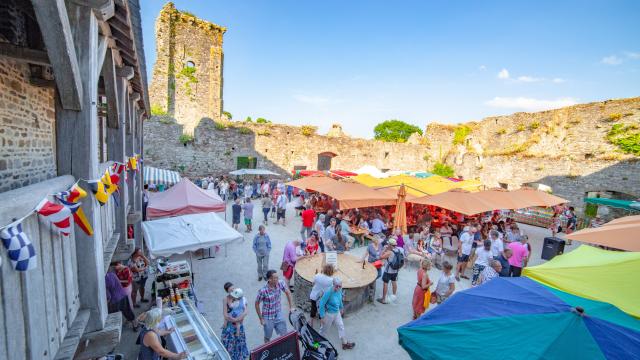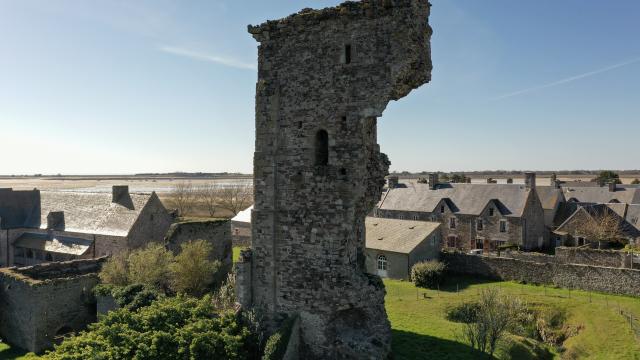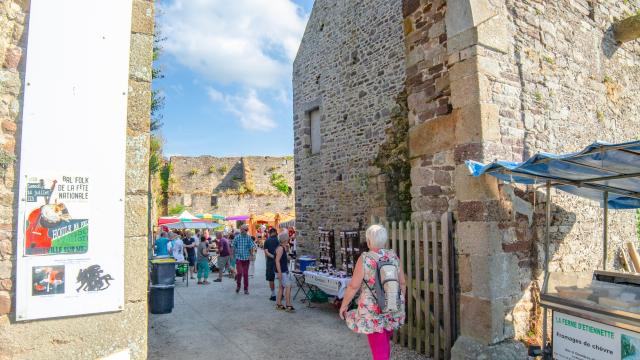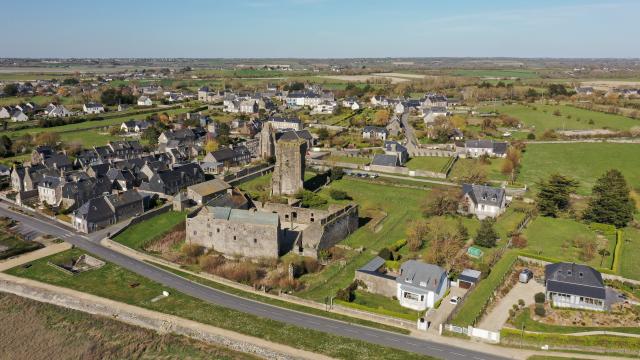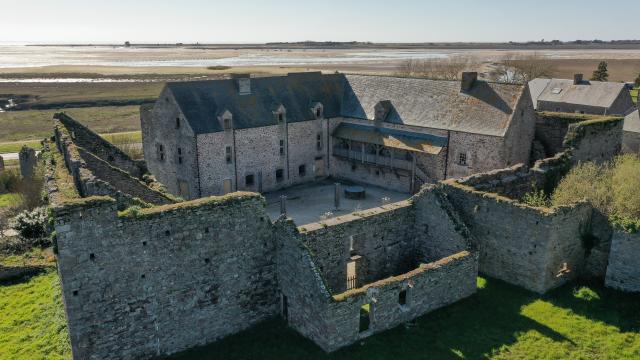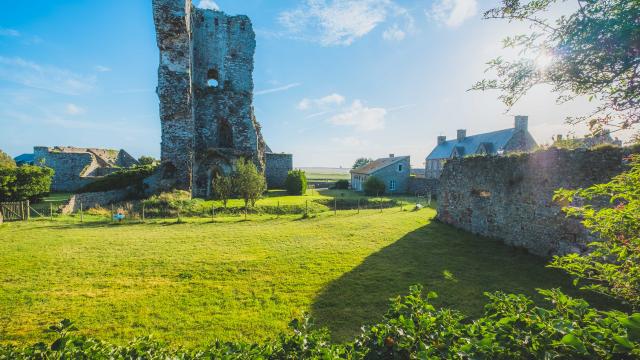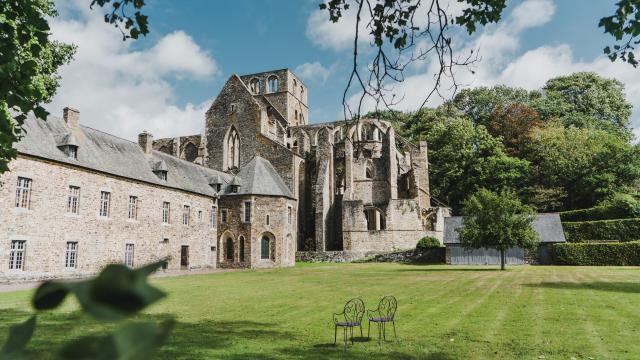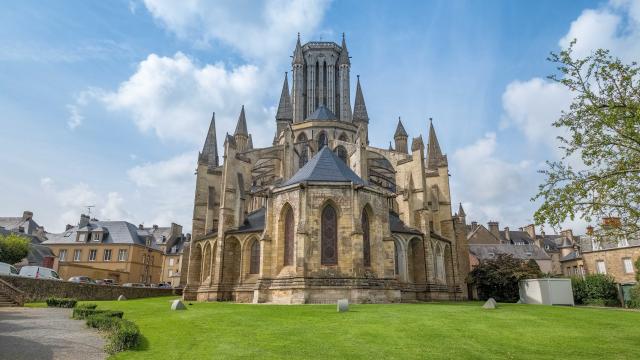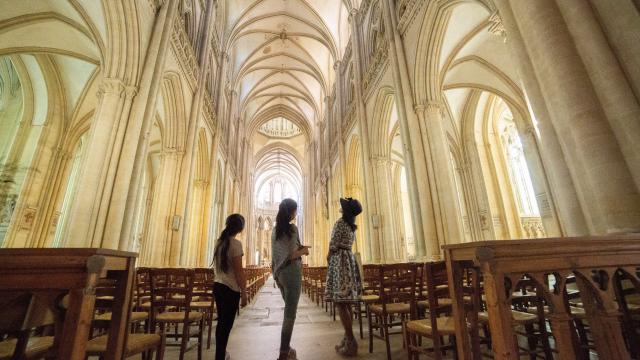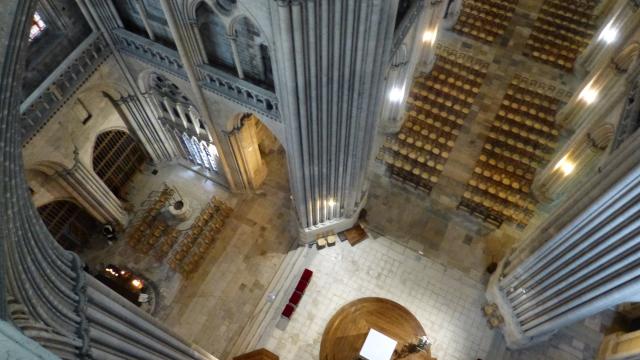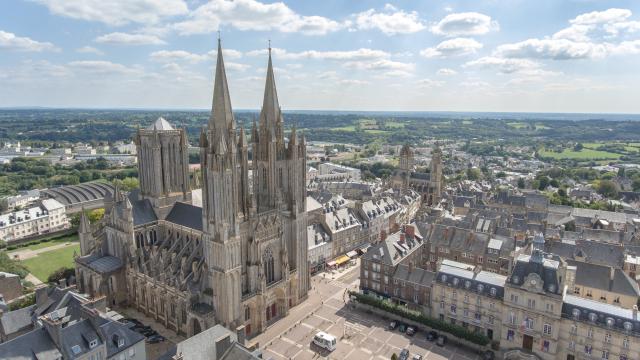One of the oldest castles in the region is Gavray. Built in the 11th century and overlooking the valley and the bocage, it offers a breathtaking view over the Normandy countryside and the village of Gavray-sur-Sienne. Surprisingly, this place steeped in history has seen the glory of many famous Norman personalities, such as the Dukes of Normandy, with Henry 1st Beauclerc, son of William the Conqueror, Philipe Auguste, the Duke of Normandy and the Duke of Normandy.rant, Philipe Auguste, Charles le Mauvais, Arthur de Richemont, Charles VII and later Louis XIV, who granted the estate to his son Louis-Alexandre de Bourbon.
The monument has thus seen many conflicts between ducal and royal families. For the people of Gavray-sur-Sienne, the monument is not only a reminder of the past, it also helped establish the village as it is today.
In 1876, a devastating fire destroyed the village’s houses. Some of the castle’s stones were essential to the rebuilding effort. Like a savior resurrected from time immemorial, the château ducal has a strong imprint on the minds of the people of Gavray-sur-Sienne.
In 1980, a preservation association was formed to carry out archaeological excavations on the remains of the estate. The ruins were remodeled, leaving the site as we know it today open to visitors. It looks out over the river Sienne and the village from its height.
> A Kit-m tour on smartphone lets you find out more about the castle ruins and its history. Several footpaths take you around the site overlooking the town.


